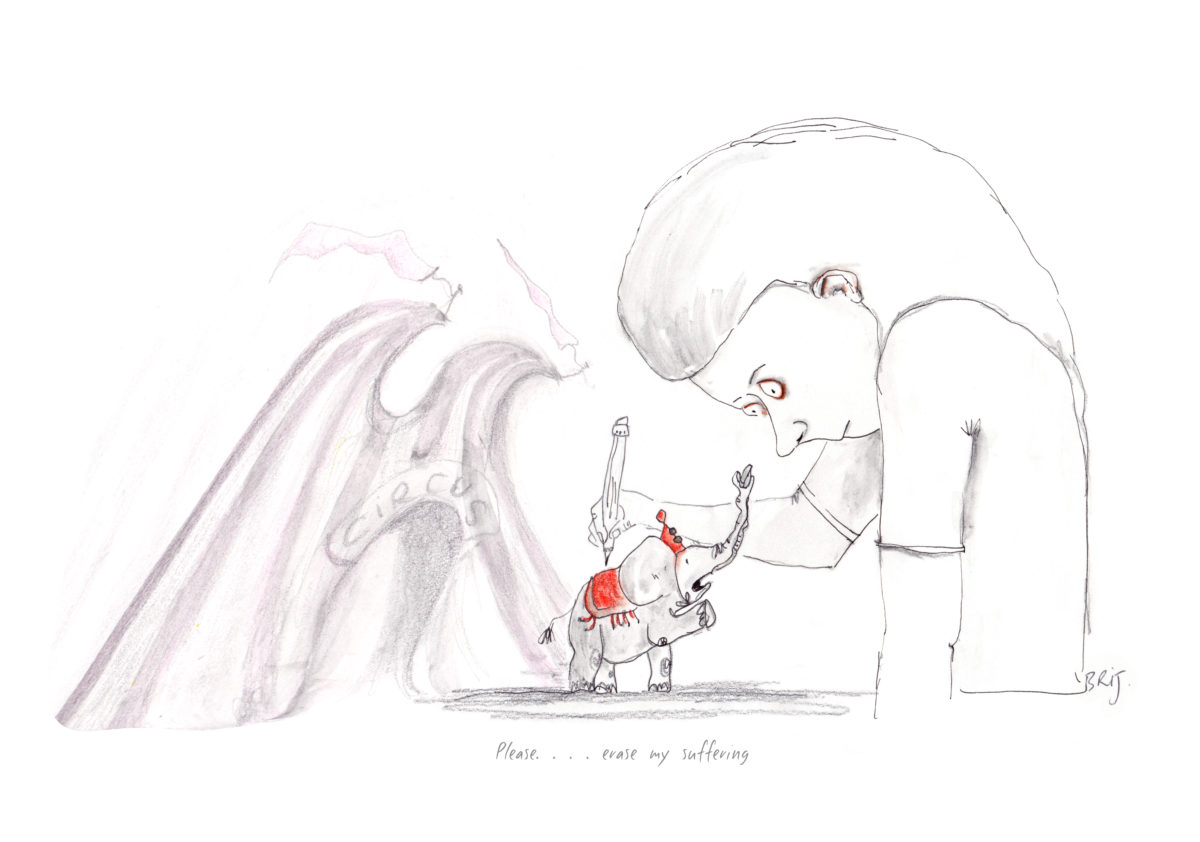Despite many wolf-positive picture books, stereotypical concepts of the big bad wolf persist in culture, not least in children’s picture books. Traditionally, the wolf is depicted, through words and images, as a threat; he’s an enemy. And he’s usually, if not always, a he. Historically the child is presented as the victim and the wolf as a spectre of evil, bloodthirsty and devoid of morals or compassion; they are savage, lesser, a curse or cursed deviant.
The predator
I see that the representation of the wolf is symbolic of all misrepresentations of animals. In stories like Red Riding Hood, the wolf is often depicted as monstrous, even illustrated in extra grotesque form prior to his murder; this kind of imagery helps to justify his killing.
Not only does the negative stereotype persist but the industry, and buyers of books, praise picture books which insist on killing the wolf.
Feminism = Red gets to kill the wolf too
Ecofeminism = Red and her dad set up a wolf sanctuary
After cutting open grandma the whole family set up a fence to keep themselves away forms he wolves
Someone speaks for the wolves s- native American saying – The Philosopher and the wolf




